▮ IELTS Reading Special Seminar (Academic) 全50レッスン
◆ レッスン教材は、レッスン受講時に講師から受け取りください。
Introduction ( General, Academic 共通)
Academic (Academic 専用)
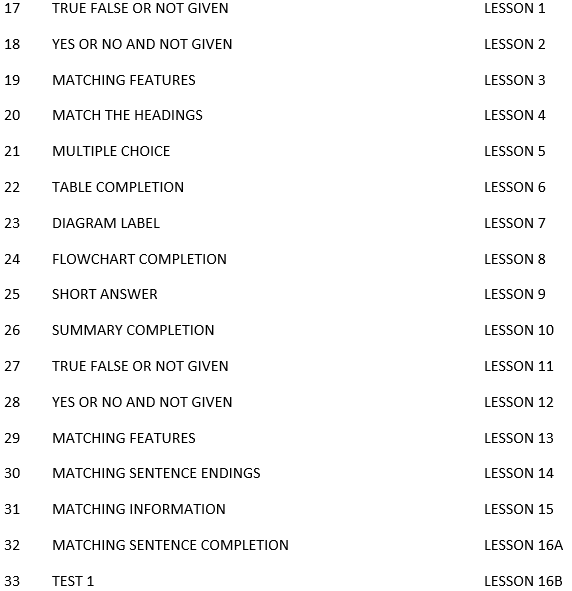
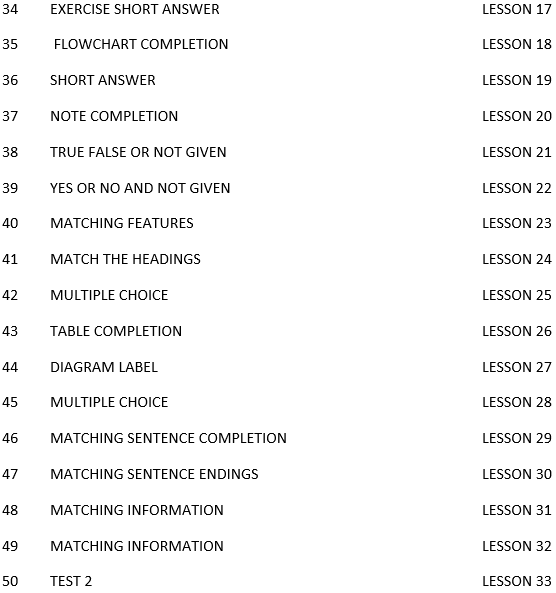

◆ レッスン教材は、レッスン受講時に講師から受け取りください。
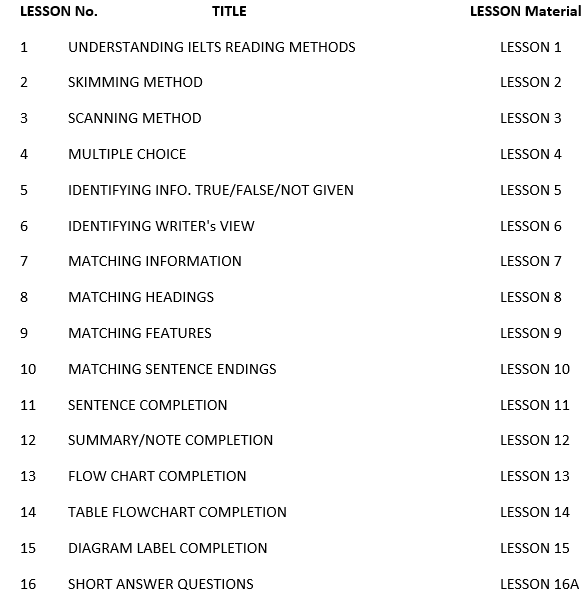


リーディングテストは、IELTSの4分野のうち、2番目のテストです。
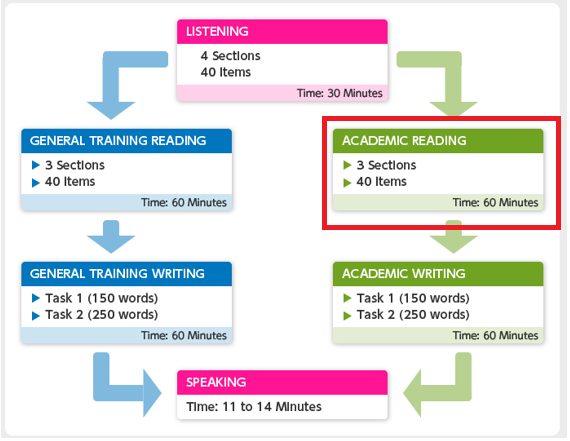
ここで試される能力とは、以下の2つです。
1)速く読んで、答えとなる言葉を見つけ出す能力
2) 書かれている内容を理解して、質問に的確に答える能力
3つの別々のパッセージ(課題文)を読み、60分間で合計40問に答えます。
各パッセージの長さは、 750〜900語くらいで、A4サイズ用紙で2枚弱程の文章量です。
3つのパッセージを合わると、全体で2,000〜2,500語になります。
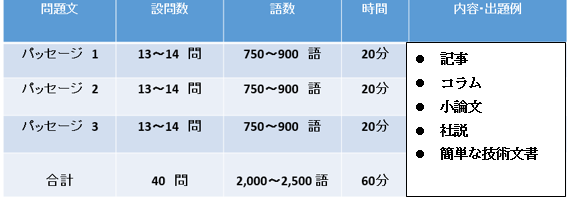
どのパッセージから始めてもよく、60分の時間配分は自由ですが、おおよその目標としては、
1つのパッセージを20分で終わらせ次のパッセージに進むようにします。
出題されるパッセージは、本や雑誌、新聞からの引用で、
専門家向けに書かれたものを、一般向け紹介するような文章です。
内容は大学、大学院レベルのアカデミックなもので、社会科学、自然科学、
環境問題、地学、生物、歴史、など幅広い分野から出題されます。
リーディングテストもほかの分野のテスト同様、先へ進むほど問題は難しくなります。
3つのパッセージのうち1つは論文形式の文章で、このパッセージが一番難しくなります。
リーディングは、日本人の平均スコアが一番高いのも関わらず、
時間が足りなくて困っている人も多いのが特徴といえます。
20分で1つのパッセージを読んで13〜14問の設問に解答するためには、
タイムマネジメントが必要不可欠です。
それには、基本的な「英文読解力」だけでなく、
「解答する順番を判断する能力」と「問題を分類する能力」
を身に付ける必要があります。
リーディングテストの40問は全て配点が同じです。
つまり、難しい問題よりも簡単な問題から取り掛かる方が合理的です。
そこで、「解答する順番を判断する能力」が必要になります。
また、問題の中には、パッセージ全体を問う問題もあれば、一部分だけを問う問題もあります。
そこで「問題を分類する能力」があれば、
スキミングの問題なのか、スキャニングの問題なのかがわかり、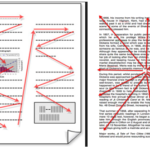
解答に余計な時間を省けます。
この3つの力を養うことができると、どこをしっかりと読むべきか、
そしてどこを流し読みするべきかというメリハリがつくようになります。
当然解答スピードも速くなります。
ほかの分野同様、リーディングテストのバンドスコアは、1から9まで0.5刻みで採点され、
4.0 / 4.5 / 5.0 / 5.5 といった点が付きます。
テストは40問から成り、1問正解につき1点が与えられます。
40問であなたが獲得した最終的な得点は、変換表を使って、
1から9までの0.5点刻みのバンドスコアに換算されます。
下に示したのは大まかな目安です。
テストによって換算は異なりますし、実際のテストが確実にこのとおりに行われるとは
断定できませんが、勉強の進み具合を測る指針として役立ててください。


TOEFL iBT リスニングセクションの問題を解くために求められるのは、
Academic Listening Skills (アカデミック・リスニング・スキル)です。
アメリカの大学でのアカデミックな環境では、当然、
講義や会話を聴いて、理解できなければなりません。
TOEFL iBT リスニングセクションでは、受験者の
Academic Listening Skills を試すため、
8つの問題タイプの理解度が問われます。
そして、8つの問題タイプは3つのカテゴリーに分類されます。
TOEFLテスト対策では、問題の目的・特徴をきちんと知っておくことが大切です。
問題の目的・特徴の詳細は別のコラムでご案内いたしますが、
先ずは、3つのカテゴリーと8つの問題タイプを覚えてください。

(メイン・アイディアや、重要なポイント、メイン・アイディアに関する重要な箇所への理解- 会話や講義の目的、主題が問われます)
1. Gist-content 主旨問題 (主題)
2. Gist-purpose 主旨問題 (目的)
3. Detail 詳細問題
(話し手の態度や目的をくみ取る―話の一部をもう一度聴いて答える形式です)
◇ 講義の一部をもう一度聴いて質問に答える サンプル
4. Understanding the Function of What is Said 機能問題
5. Understanding the Speaker’s Attitude 態度問題
( 情報をつなげる、総合的に扱う―表を完成させたり、話の構成を言わせたりします)
6. Understanding Organization まとめ問題 (構成)
7. Connectiong Content まとめ問題 (関係)
8. Making Inference 推測問題








▮ IELTSリスニング 問題形式「Form Completion」
▮ IELTSリスニング 問題形式(Multiple-Choice・Matching)
▮ IELTSリスニング 問題形式「Labeling a map / diagram(地図・図表を完成させる)
▮ リテンション(記憶保持)訓練法「リプロダクション」完全攻略
▮ IELTSリスニング対策 必須!テクニック 「パラフレーズ」
2025年1月18日 更新


▮ IELTSライティング「質問の意図を深く理解する」 – 具体例
▮ IELTSライティング「明確で一貫性のある論理構造」-具体例
▮ IELTSライティング「効果的なイントロダクションと結論」-具体例
▮ IELTSライティング「パラフレーズ技術の活用」 - 具体例
▮ IELTSライティング 「 具体的で関連性のある例やサポートを提示する」- 具体例
▮ IELTSライティング – 「多彩で正確な語彙の使用」-具体例
▮ IELTSライティング – 「文法の正確さと多様性」具体例
▮ IELTSライティング「コヒーレンス(論理の一貫性)とコヒージョン(接続性)」―具体例
▮ IELTSライティング – 「文字数と時間の管理」-具体例
▮ IELTSライティング「プロンプトの論理的な分析と柔軟な思考」-具体例
▮ IELTS ライティング アカデミック「Task 1」の問題形式(7種類)